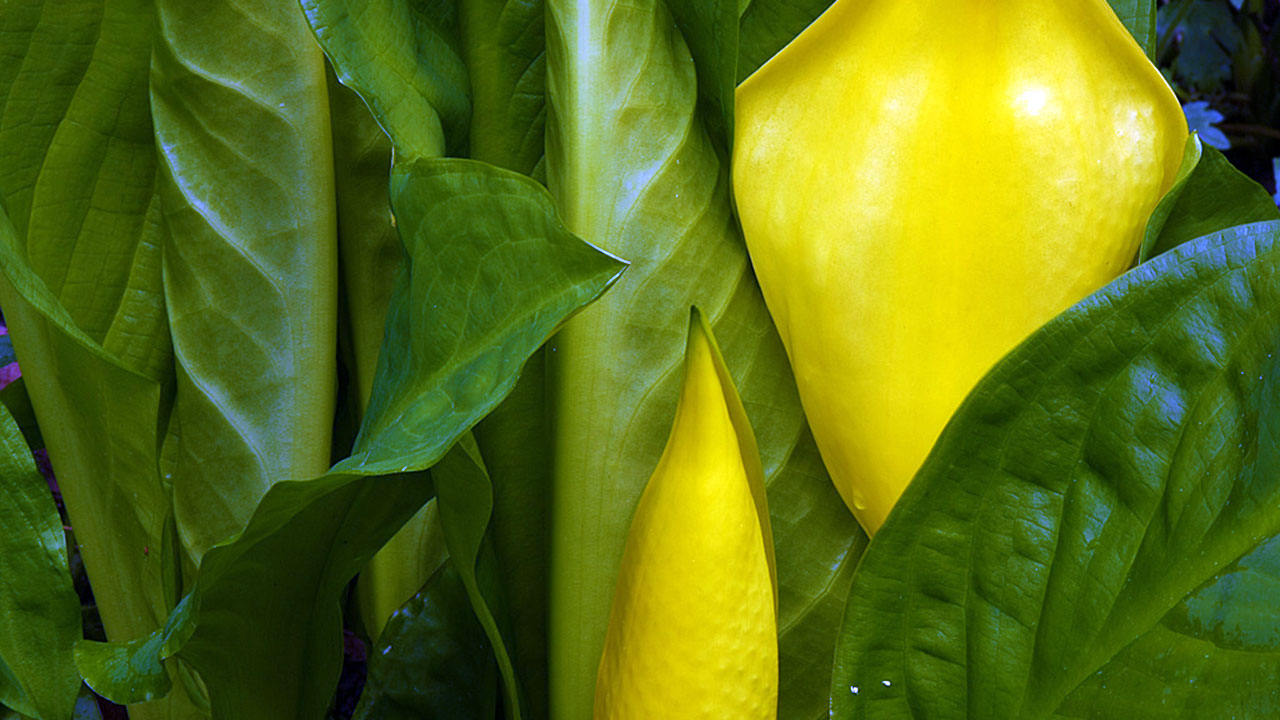 Join us on Friday, May 9 for a picnic outing to Whidbey Prairie led by Beach Watchers coordinator Cheryl Lowe. This outing will last from 9:30 am-3:15 pm. Bring your own picnic lunch and water, wear sturdy hiking shoes/boots and layers for the weather. You may also want to bring a field guide, hand lens, camera and binoculars.
Join us on Friday, May 9 for a picnic outing to Whidbey Prairie led by Beach Watchers coordinator Cheryl Lowe. This outing will last from 9:30 am-3:15 pm. Bring your own picnic lunch and water, wear sturdy hiking shoes/boots and layers for the weather. You may also want to bring a field guide, hand lens, camera and binoculars.
We’ll walk onto the 9:30 ferry at the Port Townsend ferry dock; please meet at the passenger loading area at 9:15. Cheryl will meet us on Whidbey Island to lead us through Fort Casey, Camp Casey and the new Admiralty Inlet Preserve before arriving at the 33-acre Naas Natural Area Preserve. It might take 45 minutes to an hour to get there, especially if the golden paintbrush is blooming on the Fort Casey bluffs.
 Prairie species we will see include Camas, several Lomatium species, Ranunculus, Cerastium, Chocolate lily (Fritillaria), Eriophyllum lanatum, yampah (up but not blooming), native Prunella, Scarlet and Golden paintbrush, plus some prairie grasses. We’ll return to the Coupeville ferry terminal in time for the 2:45 pm ferry back to Port Townsend.
Prairie species we will see include Camas, several Lomatium species, Ranunculus, Cerastium, Chocolate lily (Fritillaria), Eriophyllum lanatum, yampah (up but not blooming), native Prunella, Scarlet and Golden paintbrush, plus some prairie grasses. We’ll return to the Coupeville ferry terminal in time for the 2:45 pm ferry back to Port Townsend.
Please visit the Whidbey Camano Land Trust website at www.wclt.org/projects/admiralty-inlet-preserve/ to read more about the Admiralty Inlet Preserve, including a brief description of the forest area and the prairie.
We’ll learn that prairies were once a significant part of Whidbey Island’s landscape, but less than one percent of the original native grasslands in Washington still remains.
The 33-acre Naas Natural Area Preserve was created to protect this important habitat, which is also a home to Golden paintbrush, a plant listed as threatened under the Endangered Species Act. Globally, only 12 populations occur naturally. Five of those 12 native populations are in the grasslands of Whidbey Island prairies.
For more information about this preserve, go to: www.dnr.wa.gov/AboutDNR/ManagedLands/Pages/amp_na_admiralty.aspx
www.dnr.wa.gov/ResearchScience/Topics/NaturalAreas/Pages/amp_na.aspx
The Whidbey Camano Land Trust owns this property, which is also one of the WA’s designated
Natural Areas.The Land Trust has been working on this prairie restoration since they acquired the property, expanding the golden paintbrush population from 59 plants to over 2,000. Cheryl worked on this site for the 5 years she was with the Land Trust as their Land Steward.
For more information about this outing, contact Pat at jltnatural@saveland.org
 The JLT Natural History Society book club will meet at 3:30 pm on Monday, June 23 to discuss The Collector: David Douglas and the Natural History of the Northwest, by Jack Nisbet.
The JLT Natural History Society book club will meet at 3:30 pm on Monday, June 23 to discuss The Collector: David Douglas and the Natural History of the Northwest, by Jack Nisbet.







